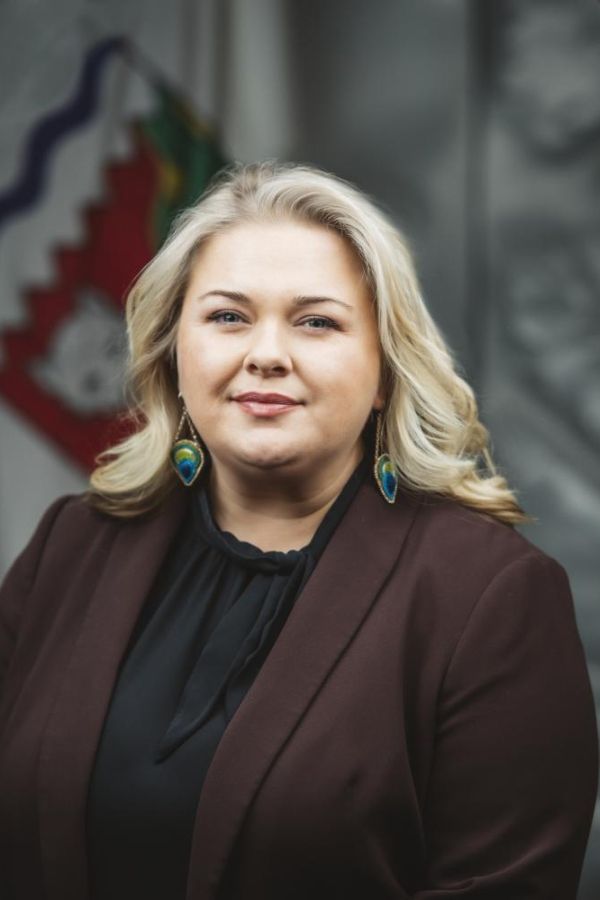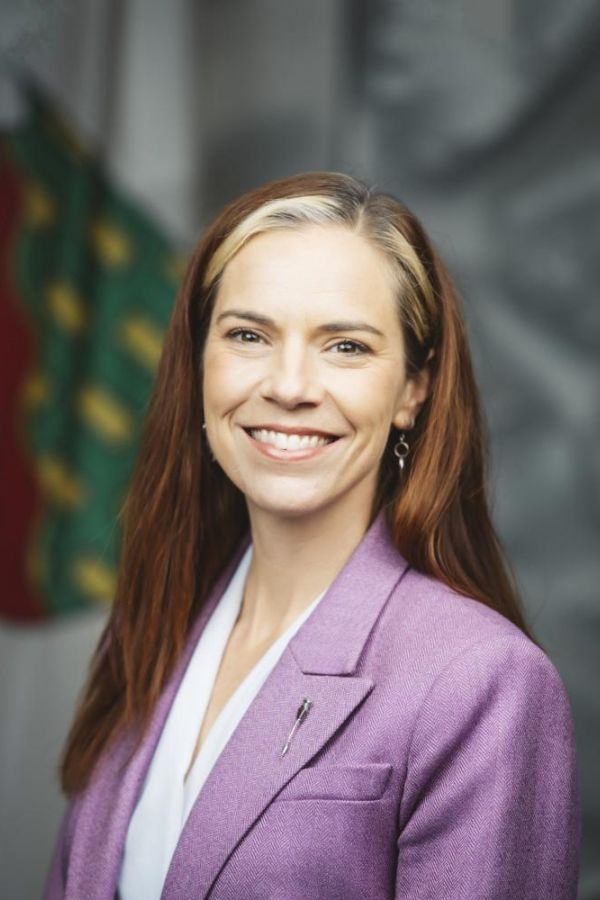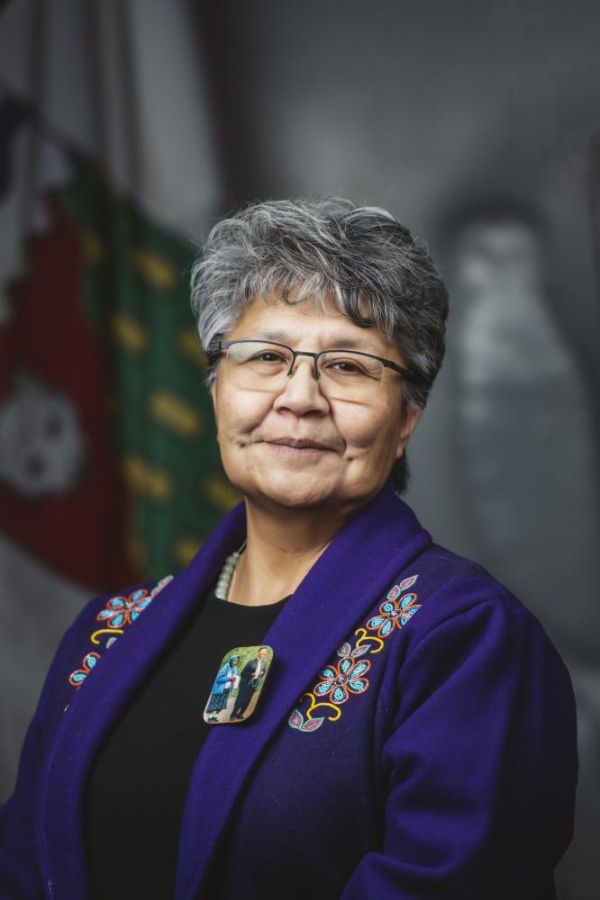Debates of February 22, 2022 (day 94)
Question 909-19(2): Caribou

Thank you, Mr. Speaker. Mr. Speaker, my questions are for the Minister of ENR. In doing research for my Member's statement today, I was unable to determine the date of the closure of the commercial caribou hunt. What was the actual date of the closure and what was the value of caribou meat at that time? For example, the Wild Cat Cafe and other restaurants used to sell caribou burgers. How much were they paying price per pound for that meat? Thank you.
Thank you, Member for Great Slave. Minister responsible for Environment and Natural Resources.

Thank you, and I thank the Member for her questions. As we all are aware, the Bathurst caribou herd is facing serious conservation concerns and is currently at record low numbers. The government has worked closely with our wildlife comanagement partners to put a range of management actions in place to support the recovery of this herd. It is important to note that the Wildlife Act and the regulations differentiate between commercial hunts and outfitting hunting.
In 2006, ENR began to reduce the number of tags issued to outfitting numbers given the conservation concerns for the Bathurst herd.
All residents, outfitters, and commercial harvesting of the Bathurst herd was suspended in 2010 when the herd fell from 470,000 to an estimated 3200. Commercial tags allow the tag holders to sell the game harvested. In the past, it was RWED, which was renewable Wildlife and Environment Economic Development sorry. So that was our former department. It was not involved in setting the price. So we weren't involved in setting it up, so yeah, thank you, Mr. Speaker.

Thank you, Mr. Speaker. That was a very long answer for my question. So I appreciate that you explained what RWED is because that has to do with my next question. And the reason for my statement, Mr. Speaker, was that I've had a lot of conversation with Indigenous hunters that have had meat seizures and they've raised concerns with me. So those same hunters have mentioned to me that when they've had their meat seized, the RWED officer was telling them which herd that the meat was from. So my next question is how does the RWED officer distinguish that in the field? Is there a field test or an inspection checklist that officers need to follow? Really, can an officer tell someone in the field what herd that caribou is from? Thank you.

Thank you, and I apologize to the Member for the longwinded answer but it's very important we get this information out there.
So it's not what the herd is, it's the mobile zone. So the mobile zone is the area where the caribou are. Last year we had the overlap of the Beverly and the Bathurst and the Bluenose. And again, it's where we have our collared animals and that's where we know where our herds are. It's important to note that it's illegal to harvest any caribou in that mobile zone and regardless of the herd. And I think every Tuesday it's updated. So we make sure that information, so people know where it is. We work closely with our comanagement partners to make sure hunters are aware of where the zone is. I think in your Member's statement, you talked about GPS. We give them the coordinates. If you go to the camp, you can get that information so you know where the coordinates are.
In regards to I think it was yeah, I think that answers your question. Thank you.

Thank you, Mr. Speaker. I didn't ask about the mobile zone but I did want to I think that my point being is that it sounds like to hunters that they're actually saying this is this kind of caribou rather than explaining it's based on geographical location and that's likely the type of caribou that they're killing, not that it is. So that's just more of a comment, Mr. Speaker.
My next question is what happens to the seized meat? What measures are in place to ensure that it's not wasted and that it's being distributed to people that need it? Because it's not going to the hunters' families so I'd like to know where it ends up. Thank you.

I thank the Member for her comment, and we'll make sure we get that messaging out there about the mobile zone.
So ENR becomes involved or notified of a potential infraction under the Wildlife Act. A renewable officer will initiate the investigation. If they believe that the animal was harvested illegally, they may then seize the caribou and start a legal process. While the investigation's underway, seized caribou are stored securely in a frozen state for evidence. As you are aware in the last budget, we are actually building another storage or building a place where we can store the seized caribou and that.
We're in a challenging state of trying to deal with the caribou, and it's getting the weather's getting warm right now. We then go to the justice of the peace, and then we work with them, who then gives us the ability to distribute the meat. So we give it to Indigenous governments out there. So the meat doesn't get spoiled. We do give it out as well, we need permission from the justice of peace to do that. We need the legal authorization to do that moving forward. Thank you, Mr. Speaker.
Thank you, Minister. Final supplementary. Member for Great Slave.

Thank you, Mr. Speaker. I'm just going to come quickly back to the Minister's comment around the GPS. I do just want to state that there has been some concerns that wrong GPS units have been entered into machines for hunters therefore forcing them into the mobile zone versus out. So I just wanted to make a comment on that. The Minister does not need to respond but perhaps being aware.
My last question is that in 1986, the Bathurst herd caribou numbers were recorded at 450,000. By 2021, the Bathurst herd numbers declined to 6,240. The BluenoseEast herd and the Ahiak herd numbers have grown in comparison to the Bathurst decline. Thank you, Mr. Speaker.

Thank you, Mr. Speaker, and it's going to be a long answer on this one because I want to make sure we get the information out there.
In recent years, we have seen a decline in many caribou herds across the NWT and northern Canada. As you noted, the Bathurst herd declined from an estimated 47,000 in 1986 to 6,240 in 2021. At the time, we also saw a major decline in the BluenoseEast herd, declining from 120,000 in 2010 to 19,300 in 2018. The Beverly herd declined located to the east of the Bathurst herd was established at 103 in 2018. That's 103,000. And has been undergoing a slow decline in recent years. While the historical range of the Ahiak herd has extended in the NWT, they currently don't occur in the NWT but only in Nunavut.
Given the declines and the size of the barren land caribou herds, the GNWT has been working closely with wildlife comanagement partners in the NWT to implement measures to support conservation recovery of these herds.
So we are working very much with our Indigenous hunters. And one of the questions the Member talked about or not said or heard about wildlife and that, we do have the opportunity to do community hunts, that we work with the Indigenous governments, but there's also caribou, moose, muskox out there as well, that opportunity to get wild meat out there. Thank you, Mr. Speaker.
Thank you, Minister. Oral questions. Member for Yellowknife North.







